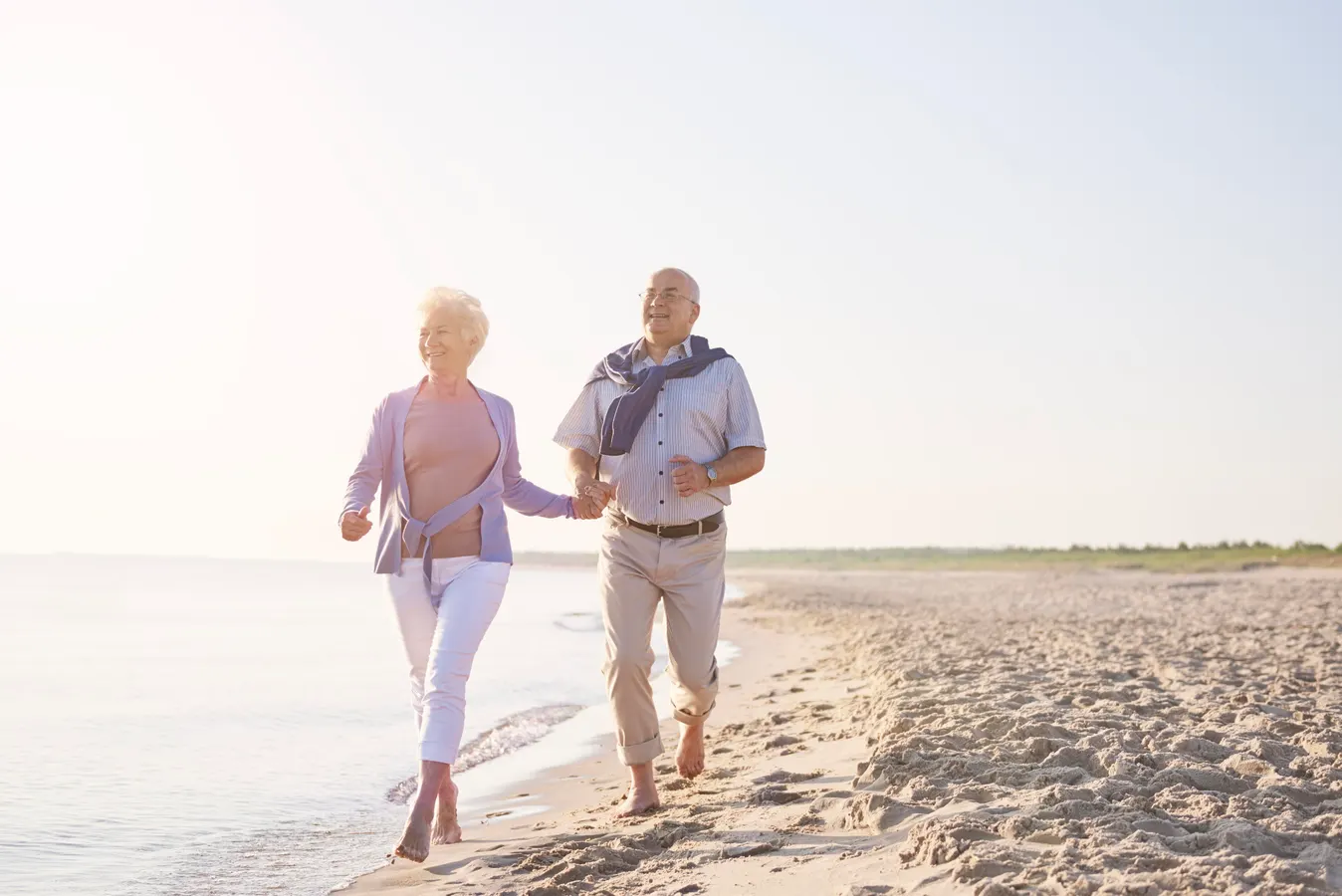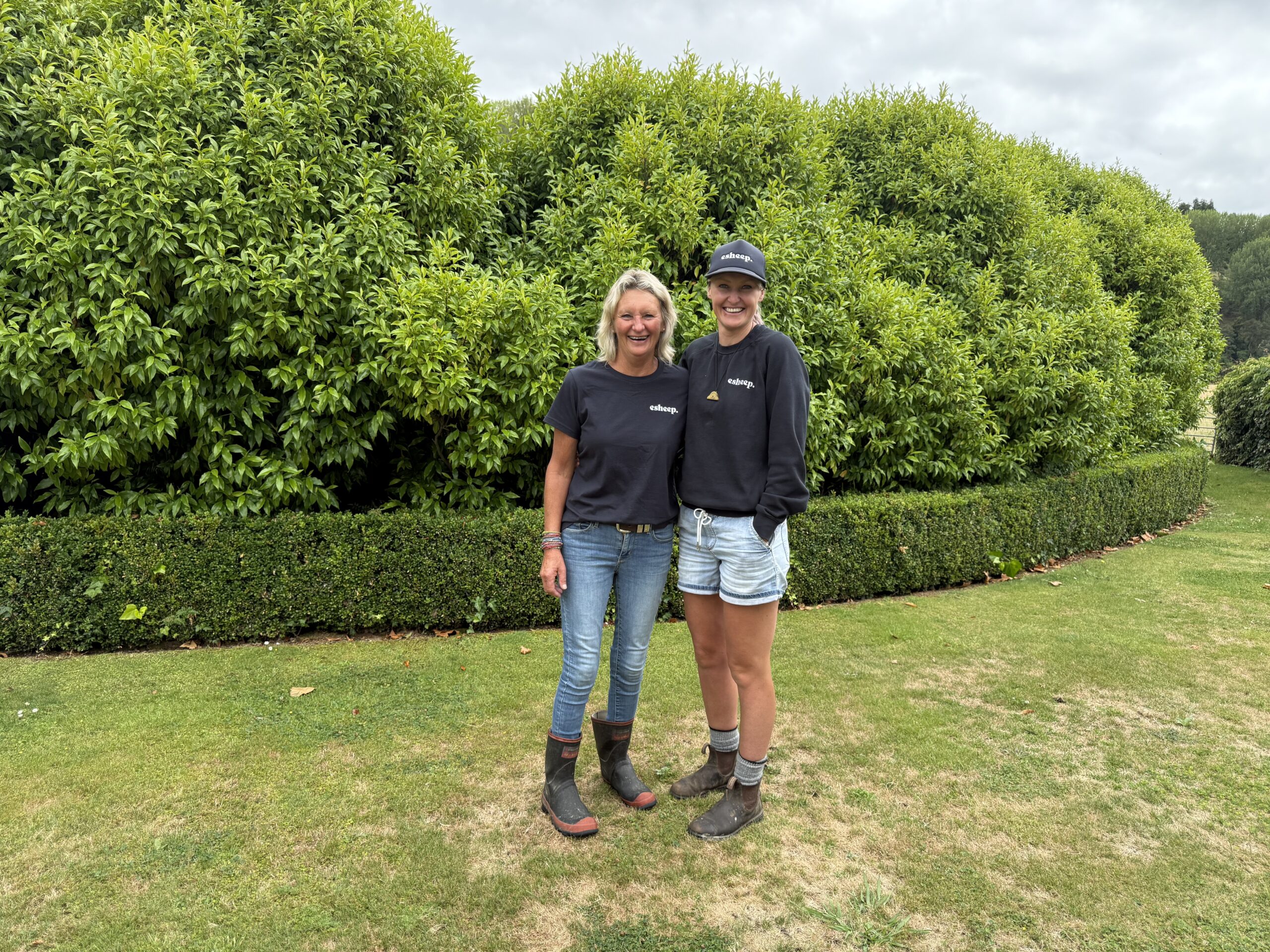By Contributor,William A. Haseltine
Copyright forbes

Vital seniors on the beach
Image by gpointstudio on Freepik
Aging and inflammation are deeply interconnected processes shaping much of the human experience. New scientific findings reveal that healthy aging may be possible by managing chronic inflammation—a phenomenon now called “inflammaging.” For decades, aging was seen as the body’s inevitable breakdown. New evidence is overturning that view. It shows instead that aging reflects a delicate balance between defenses that once protected us and forces that, later in life, accelerate decline.
Inflammation is a double-edged sword: it is indispensable for acute responses to infection and injury, yet persistent, low-grade inflammation is now recognized as a driver of age-related disease. Evolutionary biology provides insight into this paradox. The same inflammatory responses that once conferred survival advantages can, in later decades, become maladaptive. Recognizing this, medicine and public health are now developing new approaches informed by the interplay between inflammation and aging.
Why Inflammation Is Central to Healthy Aging
Inflammation is the body’s alarm system. When we are hurt or infected, immune defenses release chemical signals that rush help to the site of injury. This process is lifesaving in the short term. However, when the same system never shuts off, it slowly damages healthy tissues. This “slow burn” effect, sometimes referred to as chronic inflammation, is strongly linked to aging.
From an evolutionary perspective, robust inflammatory responses were advantageous in environments characterized by frequent injury and infection. Today, however, the landscape has shifted. Modern triggers such as dietary excess, psychological stress, environmental pollutants, and physical inactivity can sustain immune activation, thereby contributing to the chronic inflammation associated with aging and disease.
Over the past decade, investigations have been conducted to determine whether reducing inflammation can improve health in older adults. One major study looked at a drug that blocks a key inflammatory signal in the body. It found that reducing inflammation in this way lowered the risk of heart attacks and even reduced cancer rates.
MORE FOR YOU
Other studies are targeting different parts of the inflammatory process, with mixed but encouraging results. The challenge is finding treatments that calm unhealthy levels of inflammation without leaving the body defenseless against infections. These expanding medical insights complement a new area of focus: everyday lifestyle decisions. As novel treatments are pursued, the power of daily habits to manage inflammation and support healthy aging is also being discovered.
Top Lifestyle Choices for Healthy Aging
One of the best-studied lifestyle approaches is adjusting how much and how often we eat. Research has shown that consuming fewer calories while maintaining a balanced diet can help lower inflammatory signals in the body. Intermittent fasting—spacing out meals or restricting food intake to certain time windows—has gained attention. It mimics the cycles of feast and scarcity experienced by our ancestors. These dietary patterns appear to calm overactive immune responses and improve cellular repair processes.
Regular physical activity is equally important. While acute bouts of strenuous exercise may transiently elevate inflammatory markers, sustained moderate activity—such as walking, swimming, or cycling—has been consistently associated with lower levels of chronic inflammation. Mechanistically, exercise improves vascular function, metabolic health, and stimulates the release of endogenous anti-inflammatory mediators. This pattern of movement is consistent with the demands of human evolution, where daily activity was essential for survival.
Other lifestyle factors also matter. Sleep is a powerful regulator of inflammation, and inadequate or insufficient sleep can exacerbate harmful immune responses. Stress management techniques, such as meditation, yoga, or even time outdoors, have been shown to reduce cortisol, a hormone that can trigger inflammatory cascades. In combination, these strategies offer a blueprint for daily living that counteracts some of the evolutionary mismatches of modern life.
New Therapies Targeting Inflammaging
While lifestyle interventions remain fundamental, advances in biomedical research are yielding novel therapies that target the underlying mechanisms of inflammation. One area of focus is the clearance of senescent cells—cells that have ceased dividing but continue to secrete pro-inflammatory factors. Senolytic agents, designed to eliminate these cells selectively, have shown early promise in improving physical function and reducing inflammation in clinical studies involving older adults.
Another fast-growing area involves the gut microbiome. The trillions of bacteria that inhabit our digestive system have a profound impact on how the immune system functions. Imbalances in these microbial communities are linked to higher levels of inflammation with age. Interventions ranging from probiotics and dietary fibers to more advanced treatments, such as microbiome transplants, are being studied as ways to restore a healthy balance and, in turn, reduce systemic inflammation.
Emerging therapies are increasingly focused on modulating specific inflammatory pathways at the molecular and genetic levels. These targeted interventions seek to inhibit pathological signaling while preserving essential immune functions, unlike traditional immunosuppressive strategies. Progress in precision medicine and biologic therapeutics is accelerating the development of individualized treatments. Although most remain in early clinical stages, these advances hold promise for more personalized management of inflammation in aging populations.
The Big Picture: Rethinking Aging and Inflammation
Examining aging through the lens of evolution offers a valuable perspective on why these changes occur in the first place. Inflammation was never “designed” to make us sick in old age; it was designed to keep us alive long enough to reproduce. For early humans, the trade-off made sense. Survival now was worth later costs that most would never live to experience. In modern societies, where people live decades longer, these trade-offs manifest as chronic diseases and physical decline.
This insight reshapes our approach to aging. While aging cannot be erased, it can be managed more intelligently. The goal is not immortality, but extending the “healthspan”—the portion of life lived with energy, mobility, and independence. Even small improvements here can lead to substantial reductions in the burden of age-related diseases.
Ultimately, this evolving understanding offers a more optimistic outlook on aging. Rather than viewing later life as a period of unavoidable decline, it can be seen as an opportunity for proactive engagement. It is possible to alter the course of aging by integrating evidence-based lifestyle modifications with advances in targeted therapies. The aim is to enable more individuals to spend their extended years in good health, participating fully in life.
Editorial StandardsReprints & Permissions



